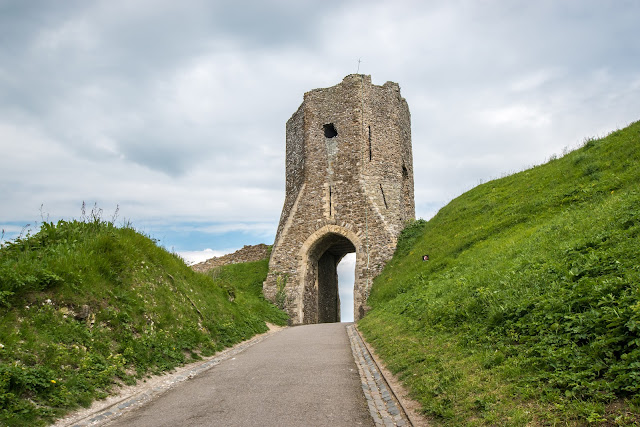Coastal erosion at Walton on the Naze

One of the areas where coastal erosion is remarkable clear is at Walton-on-the Naze, one of our favourite spots. The cliffs here are a geologists` dream, as so much can be learnt from the multiple layers that are exposed, and which change over the seasons, year on year. Some information found on the web: The town of Walton-on-the-Naze lies on the north-east coast of Essex, about 10 kilometres south of the port of Harwich. The town itself has a population of around 6,000 people although this increases with visitors during the summer. The word Naze comes from the old English word ‘naes’ which means nose. The Naze itself is a promontory found to the north of the town. Part of it is made up of a hill about 23 metres high which ends in cliffs which rise directly from the beach. Further north the land gets gradually lower 300 metres until it drops to the level of the beach. The Naze separates the North Sea on its eastern edge from the Walton Channel on its west. In the north...

